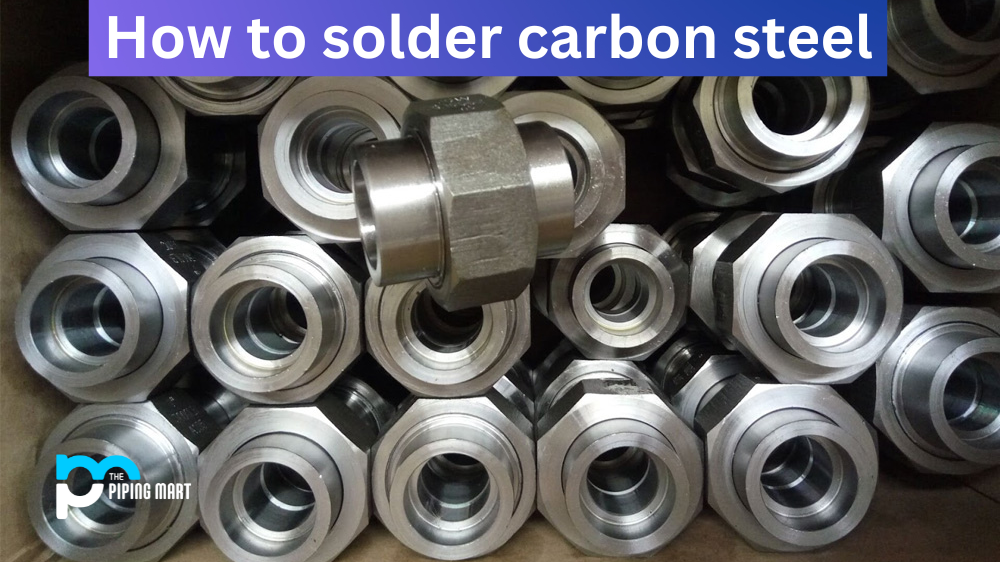Have you ever heard of a metal excess defect in zinc oxide? It’s a concept used in the field of materials science to explain how certain elements interact and bond. Metal excess defect in zinc oxide occurs when there are more metallic elements present than desired in zinc oxide, resulting in a lower degree of oxidation. Understanding this concept is important for anyone interested in the applications of zinc oxide or how it can be used on metal surfaces. Let’s take a closer look at what metal excess defect is and why it should be considered when working with zinc oxide.
What Causes Metal Excess Defect?
The metal excess defect occurs when there are too many metallic elements present relative to the desired number of oxygen atoms, resulting in an incomplete oxidation process. The formation of metal excess defect is caused by the presence of impurities that interfere with the reaction between oxygen atoms and metallic ions, preventing them from forming into an ordered structure. This can happen during the fabrication process as well as during storage and handling if proper precautions are not taken to prevent contamination.
Why is Zinc Oxide Considered an Amphoteric Metal?
Zinc oxide is considered an amphoteric metal because it has both acidic and basic properties. When exposed to acid, zinc oxide will accept protons from the acid, making it behave like a base; however, when exposed to bases, it will donate its protons, behaving like an acid instead. This dual nature makes it particularly useful for applications where both acidic and basic properties are needed simultaneously. For example, it can be used as a corrosion inhibitor on metal surfaces because its acidic properties help neutralize corrosion-causing acids, while its basic properties help promote adhesion between two surfaces.
Conclusion:
Metal excess defect in zinc oxide occurs when there are too many metallic elements present relative to oxygen atoms, resulting in an incomplete oxidation process that affects the quality of the material produced or applied onto other surfaces. Zinc oxide is also considered an amphoteric metal because it has both acidic and basic properties, which make it useful for various applications, such as corrosion inhibition on metal surfaces. Understanding these concepts can help website owners better utilize this material for their own projects or businesses related to metals or materials science.

Pipingmart is B2B portal specializes in industrial, metal and piping products. Also, share latest information and news related to products, materials and different types grades to help business dealing in this industry.




